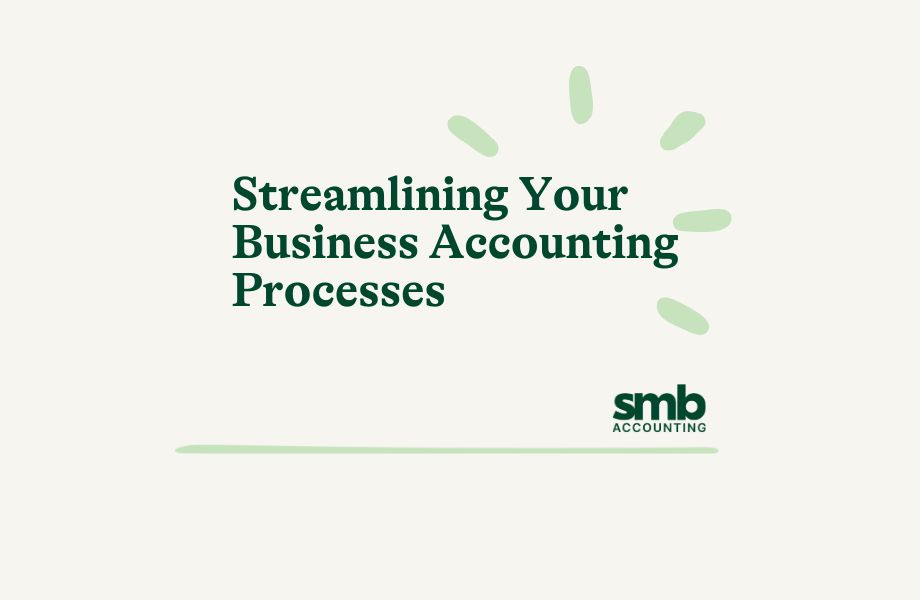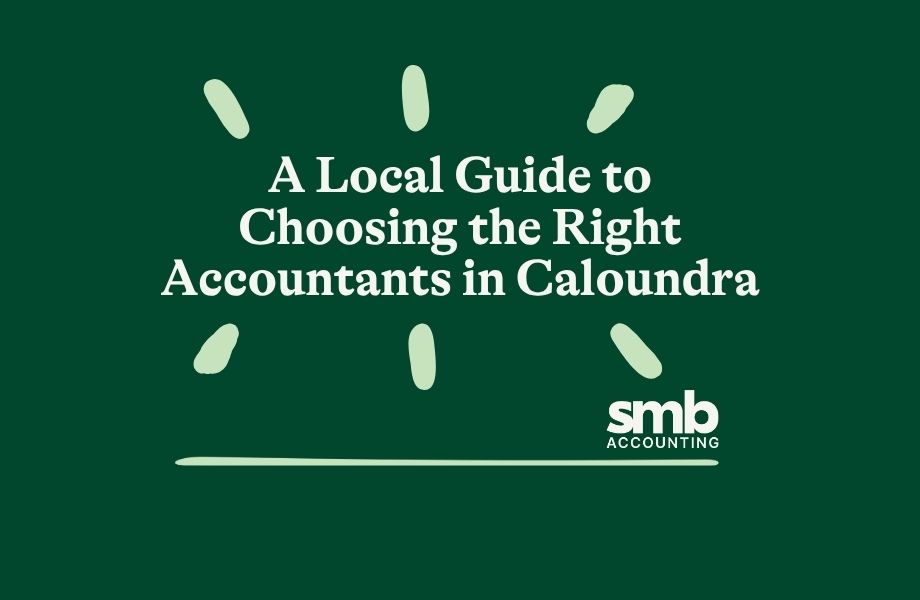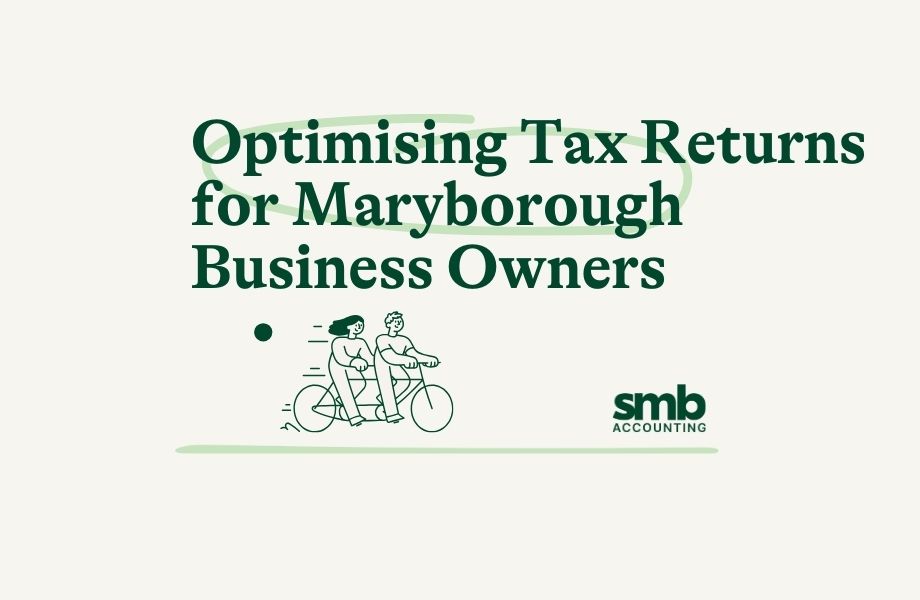Overcoming Seasonal Financial Challenges for Sunshine Coast Businesses
Seasonal financial challenges can feel like an unpredictable wave crashing down on Sunshine Coast businesses, making it crucial to be ready for whatever the season brings. Whether it’s navigating slow…










